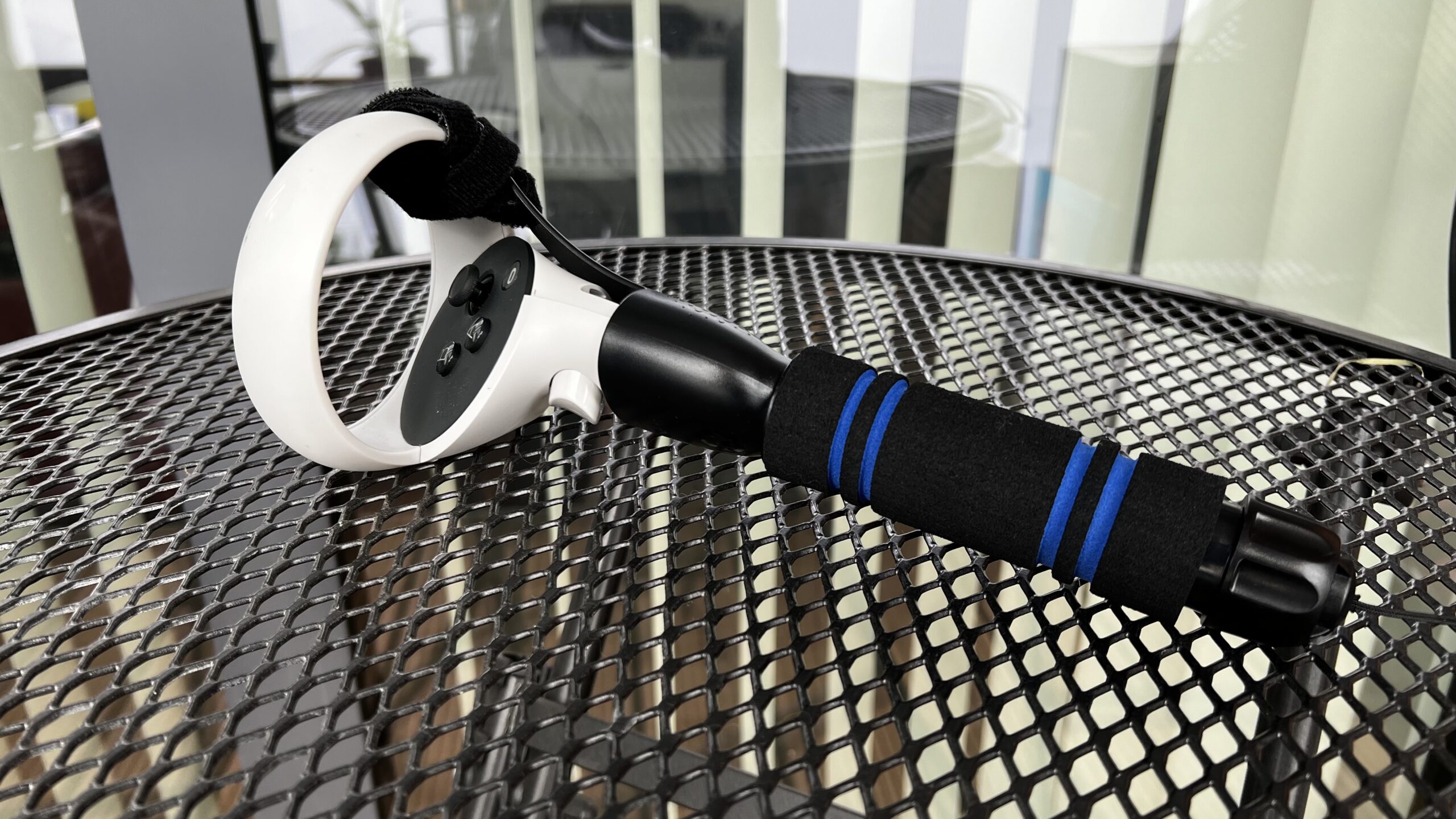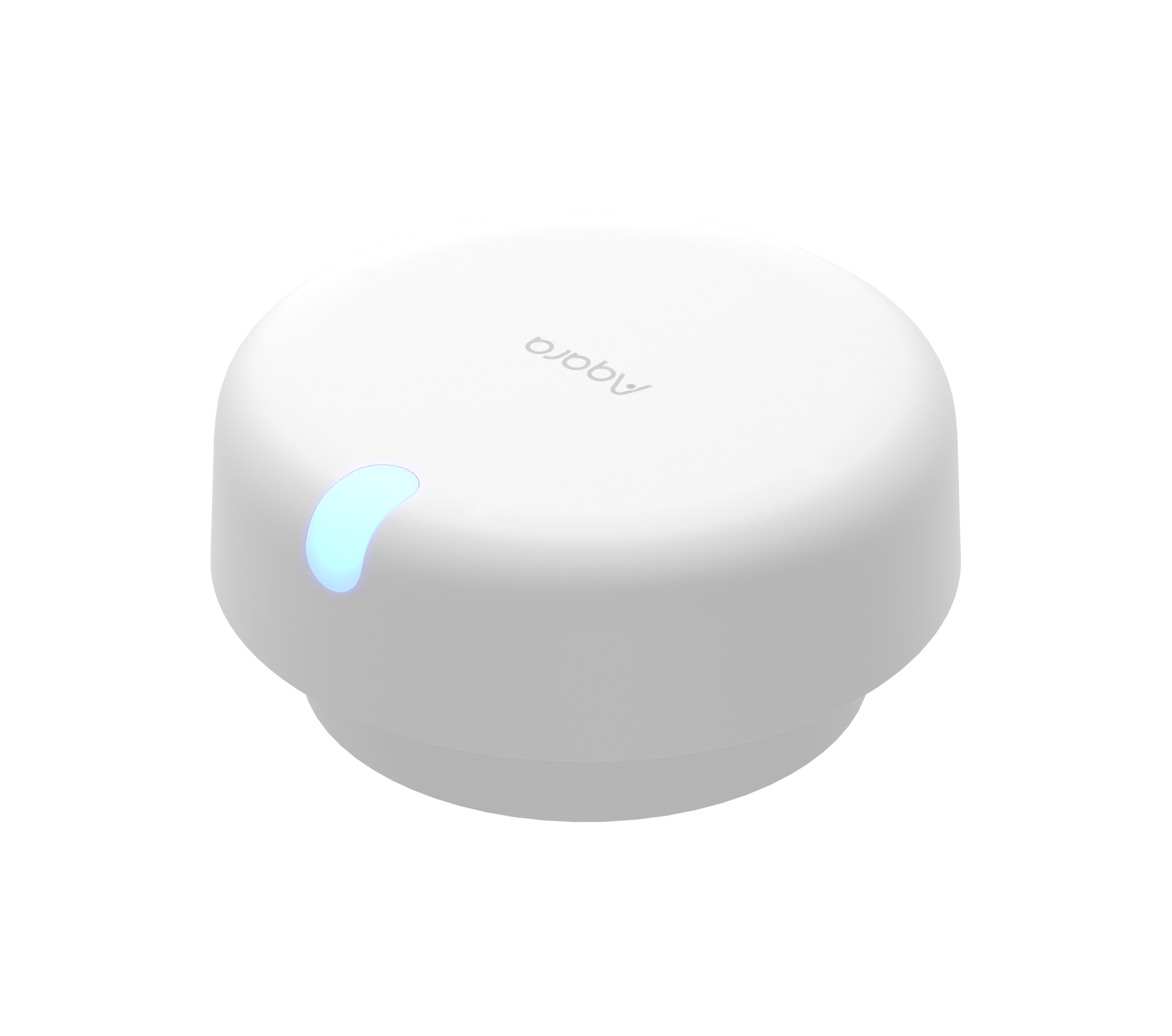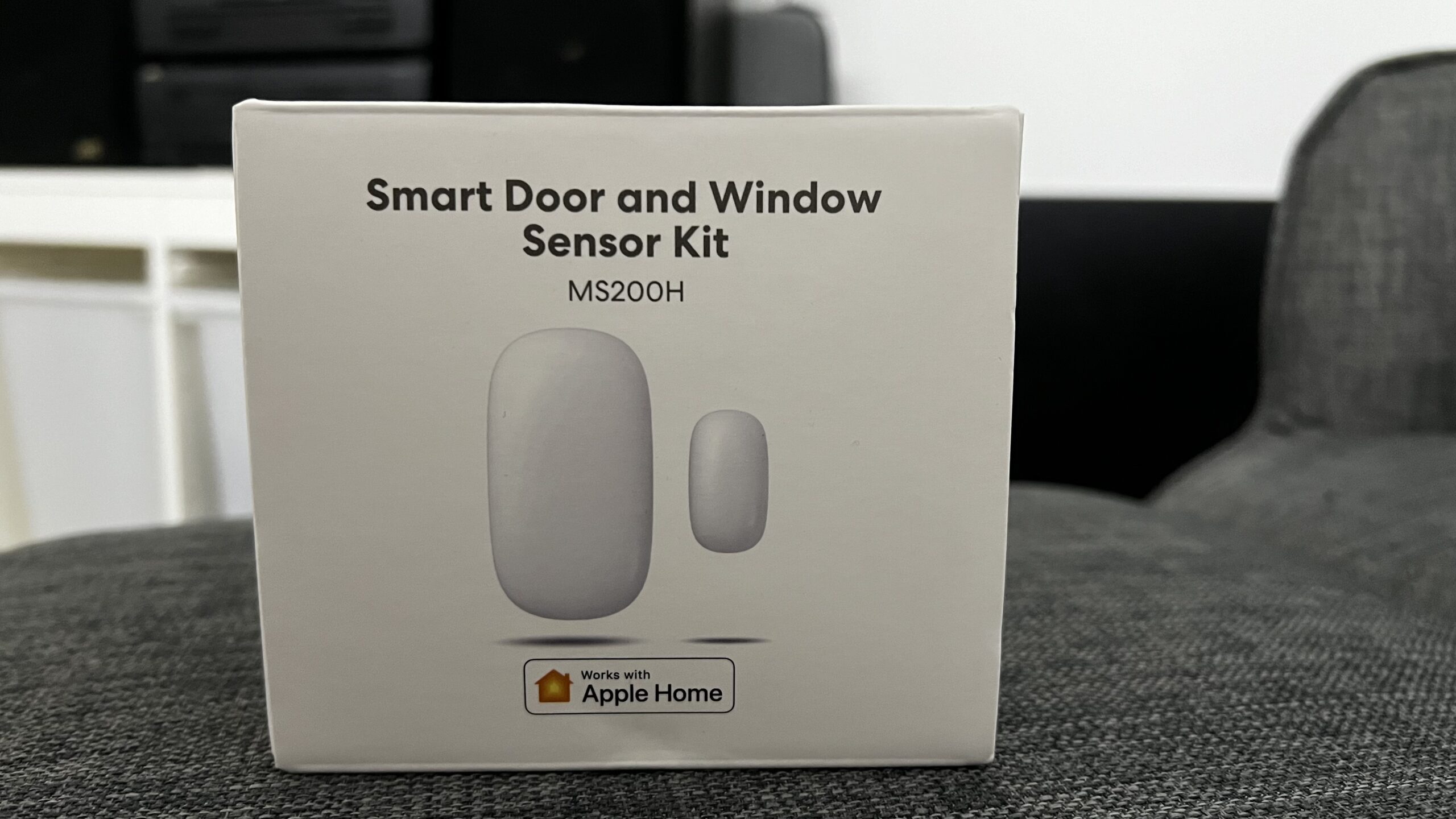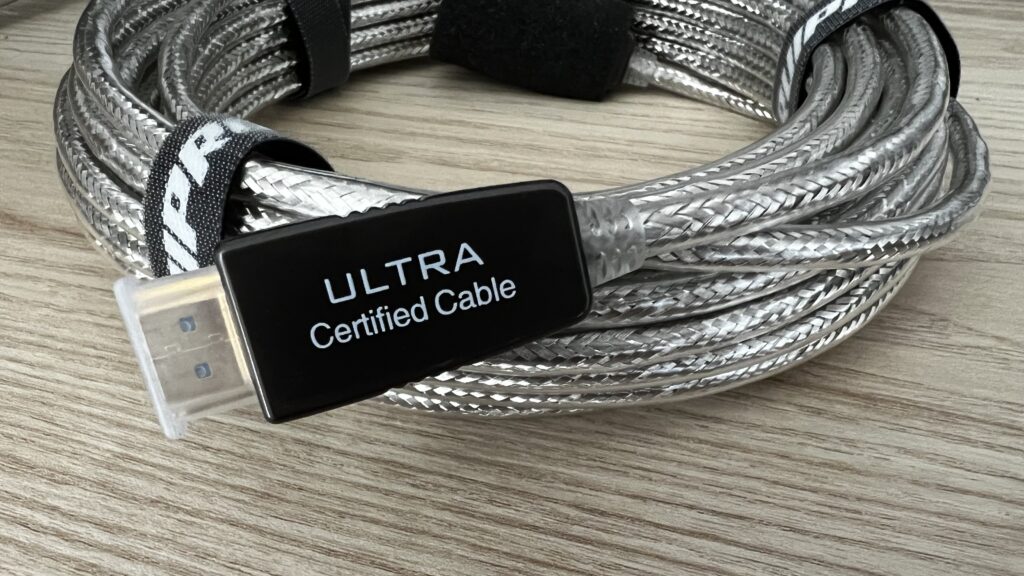
We have all been there, scrolling the endless sea of cables on amazon looking for just the right one for your needs, be that a home theatre setup or just an every day cable for a work machine. And I bet you have looking at the sheer price differences ranging from a few pounds all the way upto hundreds of pounds. but what exactly is the difference? how much better are these cables and what should I be looking for when searching? well you have come to the right place as I break down some of the myths, marketing terms and blatant lies companies are using to get your hard-earned cash.
What are the Specifications?
Can you believe HDMI has been around for over 20 years now and in that time TV technologies have changed a lot. Long gone are the days of 702p being considered HD with current-gen consoles pushing 4k resolutions, as such so have the cables and its important to choose the right Spec for the job. So let’s break it down a little bit.
| Specification | Year | Video | Audio Support | ||
|---|---|---|---|---|---|
| Max. Resolution Refresh Rate* | Max. Transmission Rate** | HDR | |||
| HDMI 1.0 | 2002 | 1080p @ 60 Hz | 4.95 Gb/s | No | 8 audio channels |
| HDMI 1.1/1.2 | 2005 | 1440p @ 30 Hz | 4.95 Gb/s | No | DVD-Audio, One-Bit Audio |
| HDMI 1.3/1.4 | 2009 | 4K @ 60 Hz | 10.2 Gb/s | No | ARC, Dolby TrueHD, DTS-HD |
| HDMI 2.0 | 2013 | 5K @ 30 Hz | 18.0 Gb/s | Yes | HE-AAC, DRA, 32 audio channels |
| HDMI 2.1 | 2017 | 8K @ 30 Hz | 48.0 Gb/s | Yes | eARC |
As you can see from the above chart if you are wanting to get the most out of your Equipment choosing the right cable is key. Searching around on Amazon right now you will struggle to find any cable below the 2.0 standard so almost any cable you buy will be able to show 4k signals as 60hz. for most people, this will be enough.
But what if you just got yourself a brand new PS5 or Xbox Series X or even newer Blu-ray players and you want to run technologies such as HDR or 120hz at 4k or even eARC (Audio return channels)? Well that’s where things get a little complex. in order to achieve all of these your only choice would be a 2.1 cable, Usually the cable coming with your console or hardware will be upto 2.1 but its still well worth checking before committing.
Active or Passive?
Now you know which with Standard you want the next buzzword to tackle is Active vs Passive cables and this is perhaps one of the most important points to keep in mind.
The main reason Active cables exist is so they can carry their maximum bandwidth a longer distance without signal degradation. cables under 1 meter in length will bear no real benefit to being active or passive purely because the amount of degradation over that distance is negligible. however if you are say looking to transfer this data over a longer distance such as 10m or perhaps even more an active cable is almost a requirement especially when wanting to carry a 4k 120hz or 8K signal that distance.
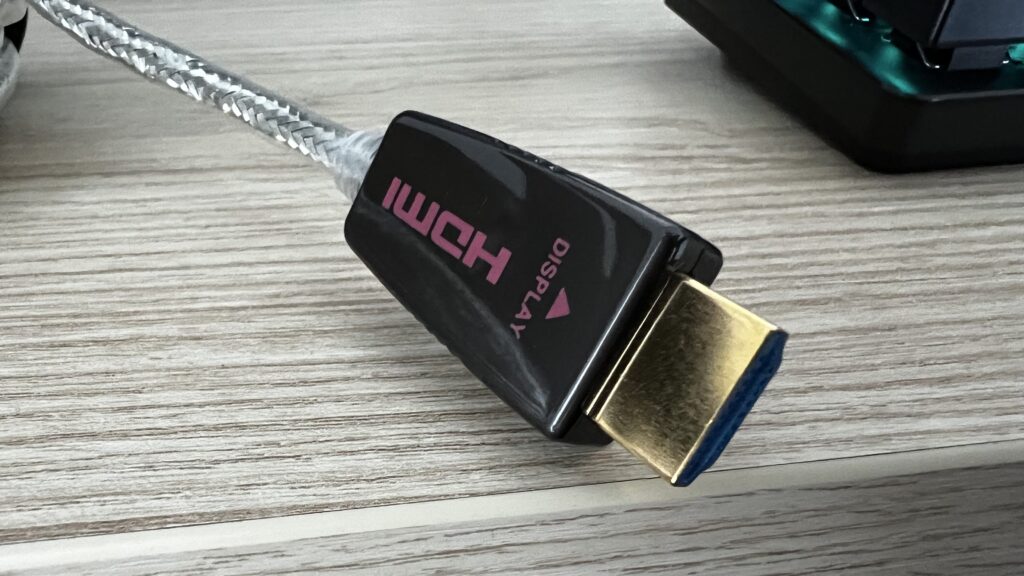
Active cables are directional so don’t panic if you purchase one and it dosent work initially it’s not broken, simply check the cables markings to note a Source and Output of the cable, simply flip them around to ensure the TV has the output and the other device has the source should fix any ‘No Signal’ issues that may arise.
Choices of metal and materials
I bet most people have heard or read somewhere ‘Gold-plated cables are always best as they are better conductors’ and yes though technically not wrong. gold is a better conductor than silver or other metals it makes absolutely no difference in the actual cable performance it’s simply a ‘buzzword’ to make you think a golden cable will be better. so the choice of metals makes no difference and should never be a deciding factor when it comes to cable choices.

Thats not to say choice of materials dosent make a difference to the cable, because it can, but mainly for its longevity, Many cables on the higher end will use ‘electromagnetic shielding interfaces’ sadly again this is just another buzzword and bares no real advantage to the cable over making it slightly more durable though if a cable is being routed through a wall or behind a TV its very unlikely the durability of the cable is something you would even need to consider.
Do I need Fiberoptic?
Traditionally HDMI cables are made of copper wiring and for distances under 10 meters, this is absolutely fine and will easily provide enough bandwidth for 4k 120hz or 8k signals with no degradation in quality however if you are looking at longer cables, say 10m or greater this is where Fiber Optic (also known as active) could be a valid option for you. A fiberoptic HDMI cable on the other hand can deliver the same sort of performance over far greater distances with some cables reaching upwards of 100 meters in length.
Should I care about certification?
Not all cables are created equal and the HDMI Organization knows this, that’s why they created the certification program but how much difference does it make? the answer put simply is ‘None’ This is simply a piece of mind thing where you are able to scan a unique QR code of the cables box to ensure its compliant with whatever spec you choose.
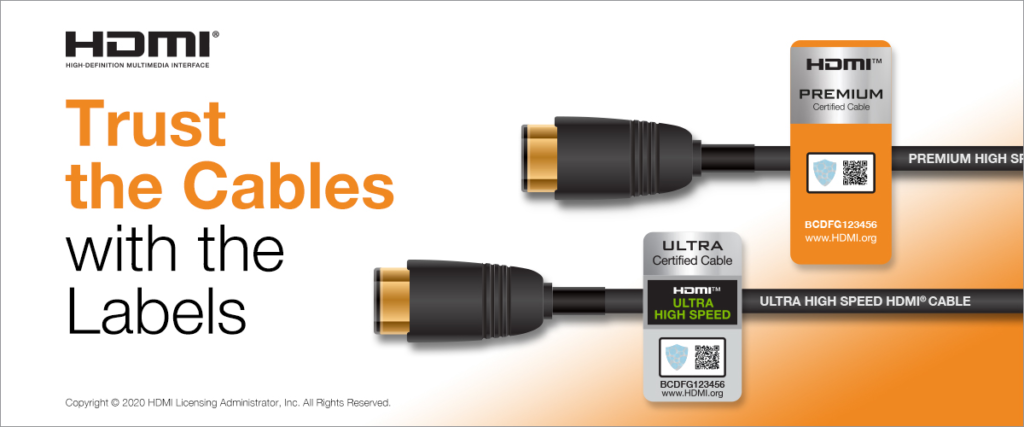
Usually Certified cables will be more expensive simply due to the certification process being a timely and costly one but you do at least get peace of mind that you will never be ‘undersold’ on a certain spec.
How much is too much?
So we know cables can vary in quality and components but even if you tick all those boxes on Amazon you will still see a dizzying amount of results ranging in price from £30 all the way up to £120 and more. Are there really any differences between the cables? on a bare metal and performance level, absolutely not, so why would someone choose to spend almost 4 times the amount for a cable? well the answer could lie in the warrenty.
You see many cable manufacturers of more expensive cables such as the RUIPRO one I have to offer lifetime warranties on their cables. meaning at any point no questions asked you can get a replacement cable and for some people this could be an advantage, buying just 1 cable to last you a lifetime could be a small price to pay for a cable if it needed replacing every few years.
Conclusion
So to conclude, why are some cables so expensive? and are those high prices justified? The answer completely depends upon your desired use case in everyday life if you simply plug in a console to your TV in the same room any 2.1 HDMI cable should do. however, if your looking to carry high levels of bandwidth be that 4k 120hz or 8k signals long distances from a server room to a cinema room for example Active FiberOptic cables could be right for you.


